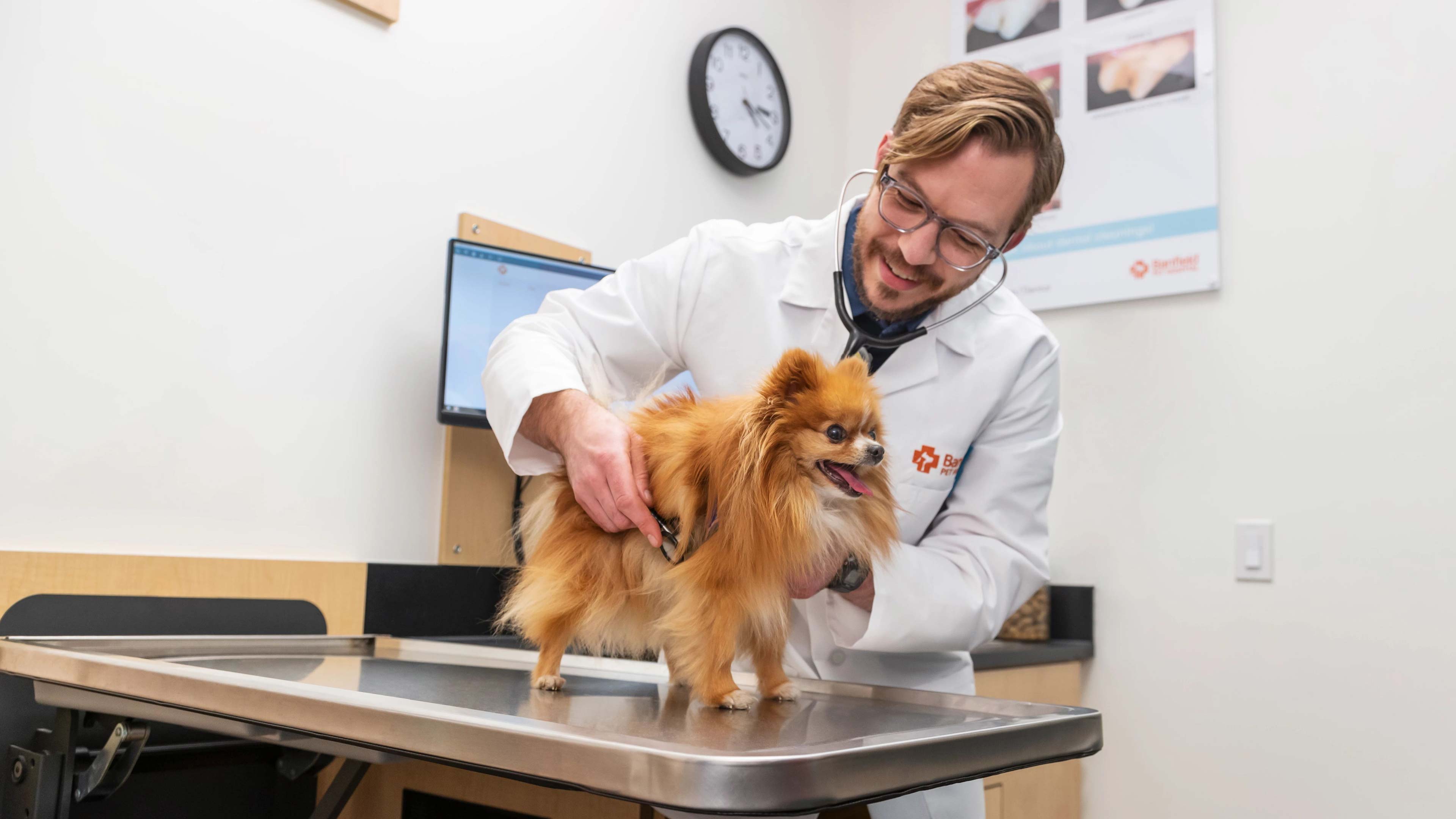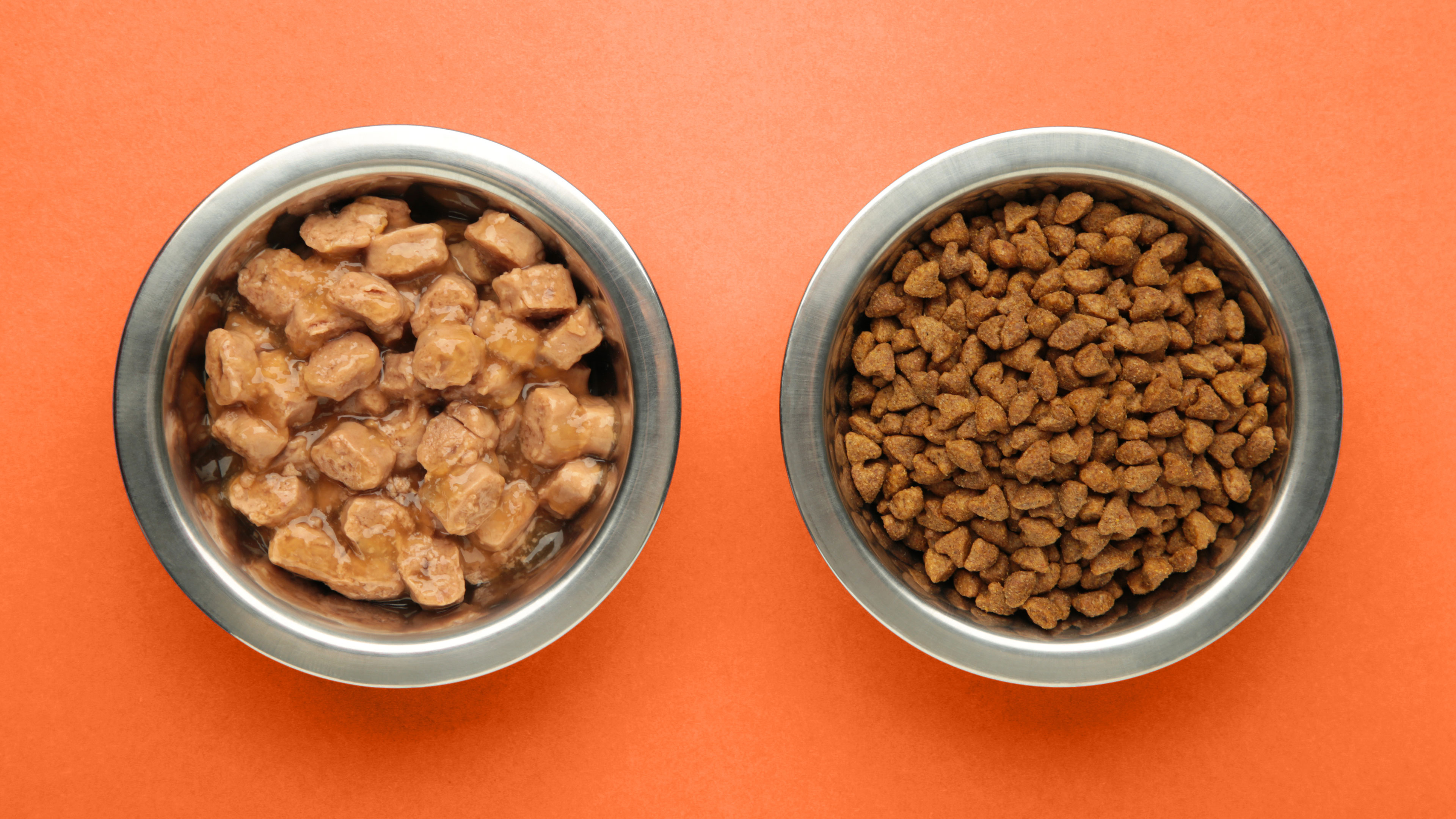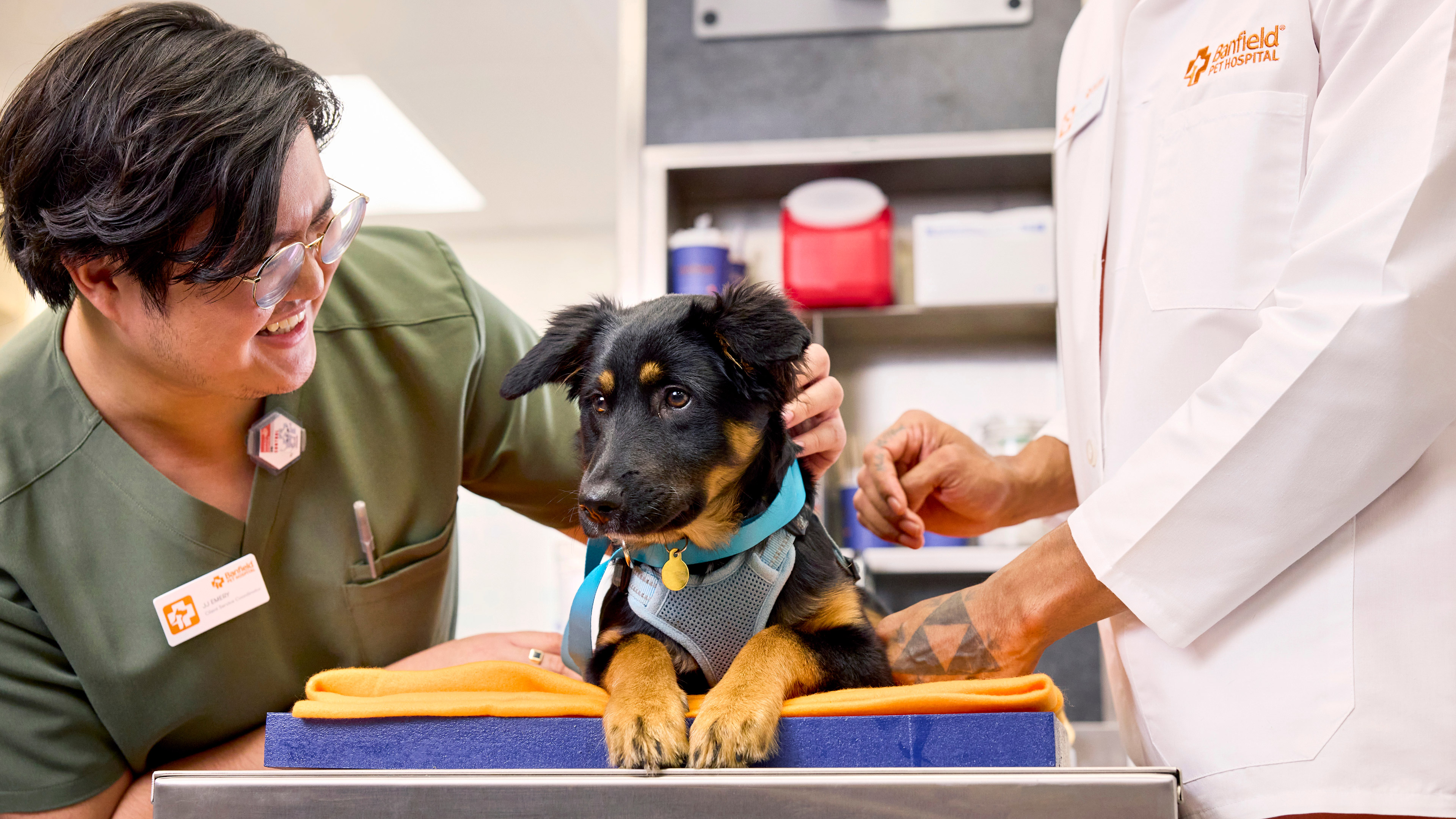what to know about the dog flu
Did you know that dog flu is a thing? Yep — though you won’t contract this flu from your dog, it does share many of the same symptoms as human flus. While the disease is not usually fatal, it can make your pup very sick and it’s not something you want your dog to get. (And your dog doesn’t want it either!) Here’s what you need to know about canine influenza and how to prevent it.
What is the dog flu?
There are two strains of dog flu in the United States: H3N8 and H3N2. Dog flu is similar to human flus in that it travels through the air via coughing, sneezing — or in dogs’ cases — barking. It can also spread through food/water bowls and at kennels. Common symptoms include:
- Coughing
- Sneezing
- Lethargy
- Fever
- Nasal discharge
Unlike most human flus, canine influenza is prevalent year-round. If your dog should contract the disease, it’s important that you seek medical attention immediately. Your vet can help support your pet on its path to recovery. Dogs usually recover within 2—3 weeks, but they may require fluids, anti-inflammatory drugs, or antibiotics. And it’s important that infected dogs stay clear from other dogs while in recovery.
The best treatment is preventive care
Thanks to the marvels of modern veterinary medicine, there’s a vaccine for this bothersome disease. If you think your dog is at high risk for contracting the dog flu, or you live in a part of the country where it's more common, talk to your vet about including the vaccine in your pup's regularly scheduled immunizations. Vaccination against the dog flu is just one of the many vaccines we offer at Banfield.
 Mites and mange
Mites and mange Podcast - Not Just Fluff
Podcast - Not Just Fluff











